Вы здесь
Populatian in Kazakhstan.
Tourism potential of Kazakhstan.
“Kazakh people are like a mighty tree with a spreading crown and strong long roots, going seven layers deep into the earth. He always grew up here, on this earth, never leaving his native great steppe, consecrated by centuries of history. In battles with storms, in battles with cruel trials of a difficult fate, my ancient people grew and flourished. This is how he came to this day.”
N. A. Nazarbaev.
Tourism in Kazakhstan.
As of April 1, 2024, the population of Kazakhstan was 20,095,963 people, reports the Bureau of National Statistics (BNS) of the Agency for Strategic Planning and Reform (ASPR). “The population of Kazakhstan in the first quarter of 2024 grew by more than 62,121 people and amounted to 20,095,963 people,” follows from the table posted on the official website of the bureau on Friday. The urban population has grown since the beginning of the year by 61.8 thousand to 12.5 million people, the rural population has grown by 299 people to 7.58 million.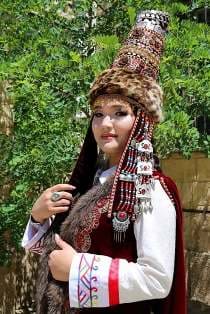
The population of Kazakhstan, taking into account the census as of August 1, 2022, was 19,644,067. Thus, the country's population has grown by 20% or 3.2 million people since the last census in 2009. This was facilitated by natural population growth, as well as migration inflow into the territory of Kazakhstan.
According to the results of the census, the share of city residents continued to grow and increased to 61.2%, an increase compared to the data of the previous census was 5%. Accordingly, there is a decrease in the share of the rural population from 43.9% to 38.8%.
The largest number of urban residents live in the Karaganda region - 80% of the inhabitants, over 1,000,000,000 people. On the contrary, the Turkestan region has become the region where the least city dwellers live. Here, only 498,000 people or 24.3% of the region's inhabitants live in urban areas.
According to the results of the previous census, 619,000 people lived in the capital, at the time of the 2021 census, the population of the country's main city was 1.23 million people. The number of women in Kazakhstan, as before, prevails over the number of men.
According to the results of the census, they turned out to be half a million more (by 536.3,000 people). In terms of percentage, the share of men was 48.6% (9,324,840 people), women - 51.4% (9,861,175 people). Thus, there are 99 men per 100 women in Kazakhstan.
According to the results of the census, they turned out to be half a million more (by 536.3,000 people). In terms of percentage, the share of men was 48.6% (9,324,840 people), women - 51.4% (9,861,175 people). Thus, there are 99 men per 100 women in Kazakhstan.
It should be noted that the census is carried out once every 10 years and shows various socio-economic parameters of the population on a certain date. The collected data are unique both in terms of the completeness of the information provided (migration, income, employment, marital status, birth rate, language proficiency, attitudes towards religion, disability) and the coverage of respondents.
So, taking into account the 2021 census data, the population of Kazakhstan after recalculating the current data as of August 1, 2022 amounted to 19,644,067 people. Brief results of the census reflect statistics by region for 2021, that is, before the allocation of 3 regions.
Thus, according to the National Statistical Agency, the number of emigrants in 1996 amounted to 229,000 people. Of those who left the borders - 58.9% Russians, 19% Germans, 7.7% Ukrainians. At the same time, in 1996, 24,000 Russians arrived in Kazakhstan, about 13,000 Ukrainians and Belarusians.
During 1991-1996 and the first half of 1997, 36,839 Kazakh families or more than 160,000 people returned to their homeland. From the CIS countries - 90,000, Mongolia 12.6,000, Israel 4.6,000, Turkey 2.3,000 (see "Your Right" No. 49, December 12, 1997).
There is a decrease in the birth rate of the population. Thus, the natural increase in the population in 1995 amounted to 102.4 000 people, which is 24.6% less than in 1994. 254.8 000 children were born in the republic, which is 9.5 000 less than the previous year.
The total fertility rate in the republic decreased over the year from 18.1 to 16.6 on average for every 1,000 newborns. According to the National Statistical Agency at the beginning of 1997, the number of the indigenous population of the republic - the Kazakhs - was 8,330,000 people, or 50.6%.
The Kazakhs are a transitional from the Caucasoid to the Mongoloid South Siberian race. According to historians, their ancestors settled on the territory of modern Kazakhstan in the Ist century BC. In the middle of the XVth century, the Kazakhs formed into a separate ethnic group, and by the middle of the XVIh century they formed a single khanate (state).
The Kazakhs are the direct heirs of the nomadic cultural civilization of the Euro-Asian subcontinent, which played a big role in the history of mankind. In pre-revolutionary Russia, Kazakhs were the third largest ethnic group after Russians and Ukrainians.
The encyclopedic reference book of 1929 indicated that the Kazakhs (6,200,000) are the largest Turkic-speaking nationality of the Soviet Union. According to the well-known Kazakh demographer A. Tatimov, human losses in Kazakhstan for the period 1646 to 1945 amounted to 5,900,000 people.
In addition, in the early 30s of the twentieth century, as a result of Stalin's arbitrariness, perversions and mistakes in the conduct of collectivization in Kazakhstan, up to 2,000,000,000 people of the indigenous population died of starvation, hundreds of thousands of people went abroad.
About four million Kazakhs still live outside the republic today (see Alekseenko A.N. Population of Kazakhstan 1920 - 1990). They settled in 55 countries, including all 14 former Soviet republics of the USSR and 41 non-CIS countries.
The most significant Kazakh diasporas are in Uzbekistan (1,556,000 people), Russia (740,000), Turkmenistan (100,000), Kyrgyzstan (45,000), Ukraine (15,000), China (1,500,000), Mongolia (100 000), Afghanistan (30,000), Turkey (25,000), USA (14,000), Iran (12,000).
Among the three thousand ethnic groups of the world, Kazakhs occupy the 70th place in terms of their number. Linguistically, they belong to the Turkic group of the Altaic language family; in the religious - to the followers of Islam, its Sunni direction.
Kazakhstan is a multinational state. In addition to the Kazakhs, representatives of another 120 nations and nationalities live on its territory, with a total number of about 8,000,000,000 people. The largest diaspora of the state is Russians - 32.1 percent (about 5,000,000,000).
A significant proportion of Ukrainians - 4,500,000 Germans - 1.9%. There are quite numerous diasporas of Uzbeks (358,700), Tatars - (277,6000), as well as representatives of other nationalities with a total number of about 1,062,500.
The forcible resettlement and deportation of peoples carried out in the Soviet Union in the 1940s had a primary influence on the composition and distribution of the population on the territory of Kazakhstan. It was then that significant communities of Germans, Koreans, Poles, Kalmyks, Ingush, Chechens, Kurds and other peoples appeared on the territory of the state.
By 1997, labor resources numbered about 9,000,000,000 people, which amounted to 55.4 percent of the total population of the republic. The number of employees employed in sectors of the economy, excluding peasant farms, amounted to 4,05,000 people, which is 15.6% less than in January-March 1996.
The most significant Kazakh diasporas are in Uzbekistan (1,556,000 people), Russia (740,000), Turkmenistan (100,000), Kyrgyzstan (45,000), Ukraine (15,000), China (1,500,000), Mongolia (100 000), Afghanistan (30,000), Turkey (25,000), USA (14,000), Iran (12,000).
Among the three thousand ethnic groups of the world, Kazakhs occupy the 70th place in terms of their number. Linguistically, they belong to the Turkic group of the Altaic language family; in the religious - to the followers of Islam, its Sunni direction.
Kazakhstan is a multinational state. In addition to the Kazakhs, representatives of another 120 nations and nationalities live on its territory, with a total number of about 8,000,000,000 people. The largest diaspora of the state is Russians - 32.1 percent (about 5,000,000,000).
A significant proportion of Ukrainians - 4,500,000 Germans - 1.9 percent. There are quite numerous diasporas of Uzbeks (358,700), Tatars - (277,6000), as well as representatives of other nationalities with a total number of about 1,062,500.
The forcible resettlement and deportation of peoples carried out in the Soviet Union in the 1940s had a primary influence on the composition and distribution of the population on the territory of Kazakhstan. It was then that significant communities of Germans, Koreans, Poles, Kalmyks, Ingush, Chechens, Kurds and other peoples appeared on the territory of the state.
By 1997, labor resources numbered about 9,000,000,000 people, which amounted to 55.4 percent of the total population of the republic. The number of employees employed in sectors of the economy, excluding peasant farms, amounted to 4,05,000 people, which is 15.6% less than in January-March 1996.
In the sphere of material production, the number of employees decreased by 16% over the year compared to the previous one. The structure of employment of the population of the Republic of Kazakhstan is as follows: the largest number of people - 24% - are employed in industry.
It is unlikely that a person familiar with this figure would dare to call Kazakhstan a purely agrarian country, because only 14% of the population is employed in agriculture and forestry. 15% of people work in the education system, 11% are employed in transport and communications, 8% in construction, the same number work in the healthcare system, 5% in trade, and the remaining 15% are employed in other various spheres of society.
New structures of employment of workers at enterprises of various forms of ownership and management have appeared in the republic. As of September 1997, about 270,000 unemployed were registered in the Republic (of which 44.4% were residents of rural areas), which is 2.2 percent of the economically active population.
The number of pensioners in 1996 reached 2807 thousand or 17.2% of the total. In general, Kazakhstan belongs to areas with a general lack of labor resources, although the southern regions are labor-surplus. The population of the republic is unevenly settled.
Typically, settlements are located along the banks of rivers and reservoirs, on plains, in valleys and on mountain slopes. The average density is quite low - about 6 people per square kilometer. For comparison, on the globe - about 40 people per 1 square kilometer.
All this significantly affects the development of the economy, in a number of regions there are not enough labor resources for the effective use of arable, pasture and hay lands, not to mention the irrational use of underground riches of various mineral resources.
The proportion of the urban population of the republic is only 57.5%, rural - 42.5%. For comparison, in 1917 the urban population was only 9%. 21 cities - has a population of over 100,000 inhabitants. There are almost 17,000 more women than men (data from 1989).
Every year, about 3,000,000,000 students of general education schools sit at school desks; up to a million children are brought up in preschool institutions, although recently the number of pupils in kindergartens has sharply decreased.
About 400,000 students and pupils study at higher and secondary specialized educational institutions.


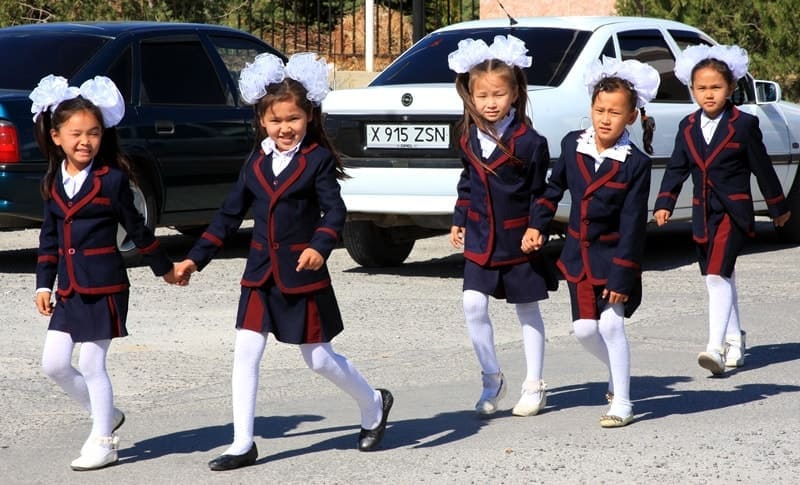
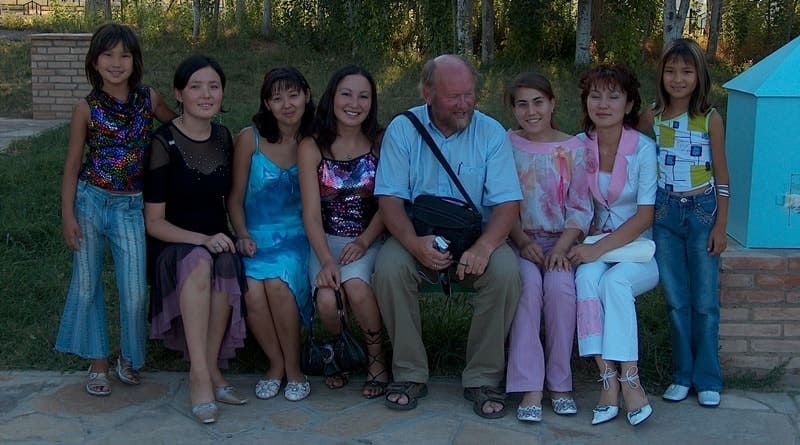
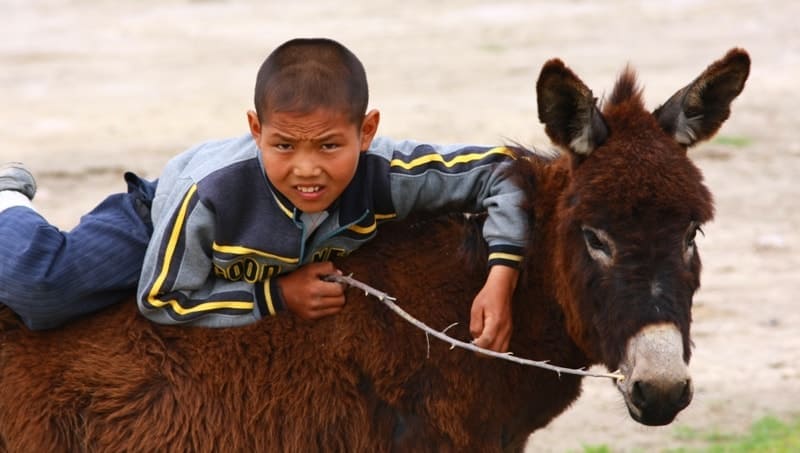
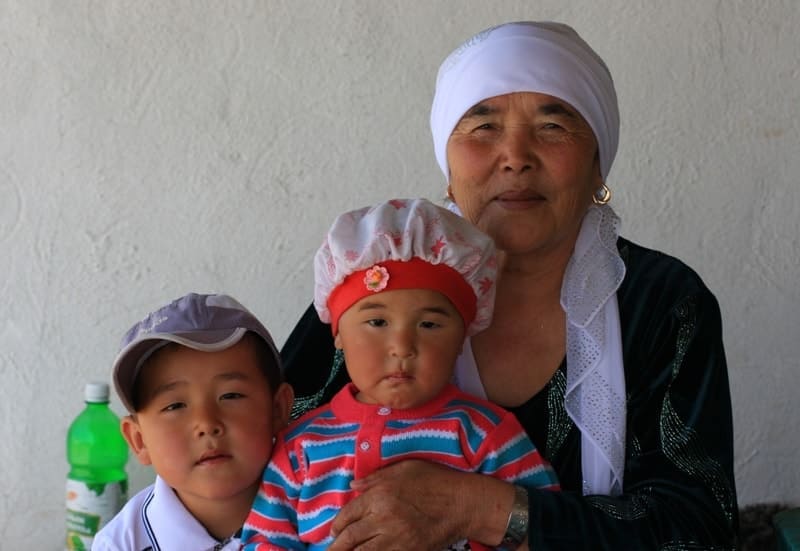
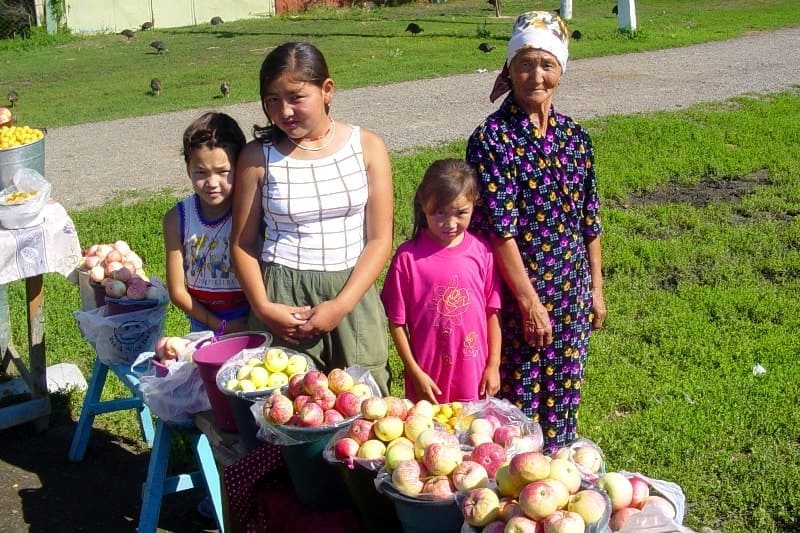
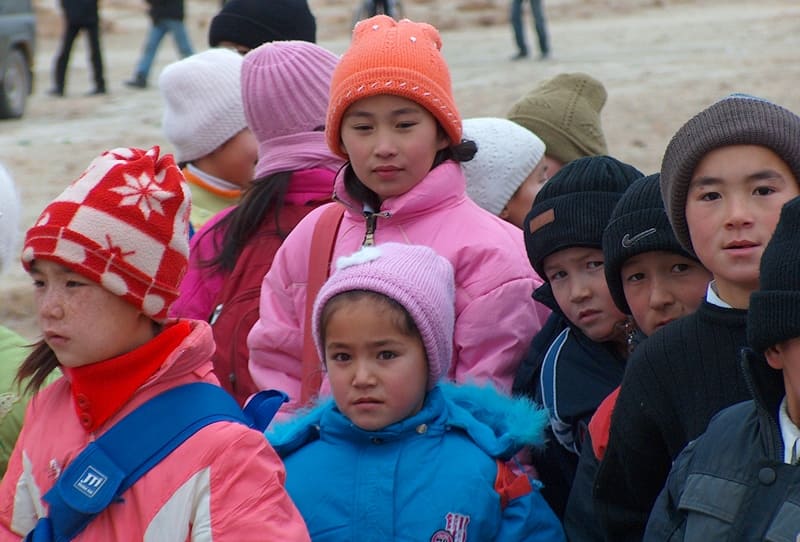
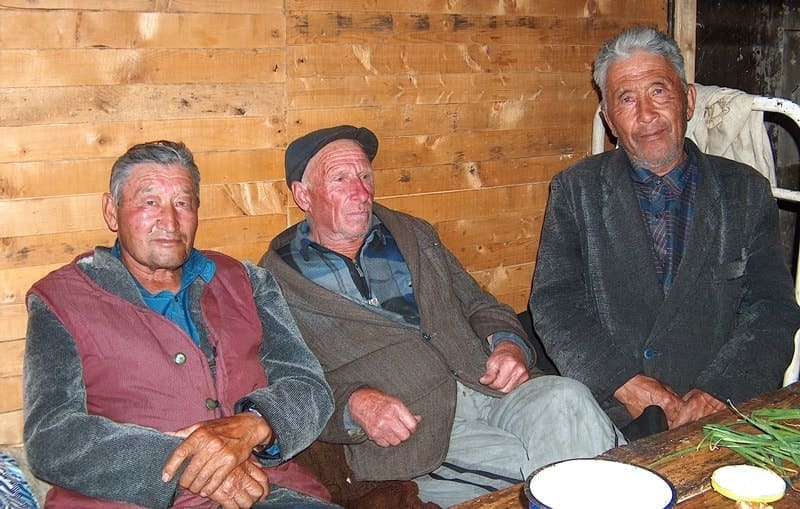
Authority:
"Zhetysu is the Land of tourism”. A Tourist Guide-book. Almaty.
Kazakhstan statistics.
Photos by:
Alexander Petrov.







